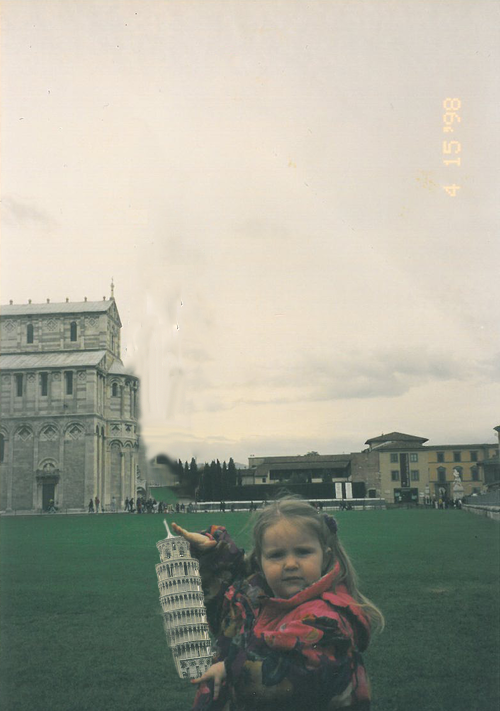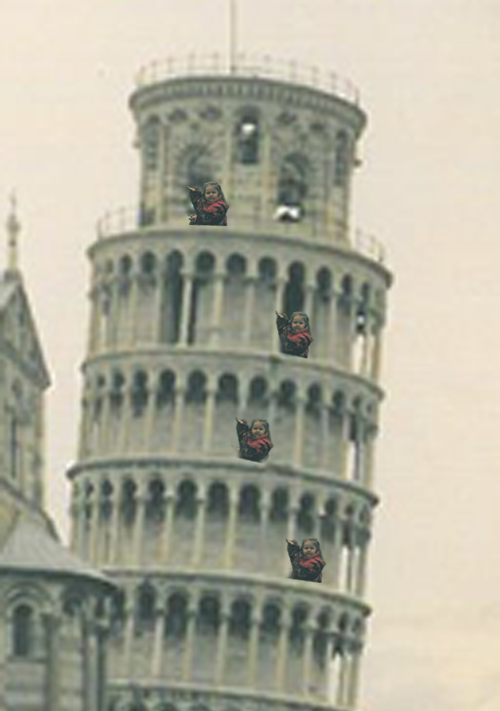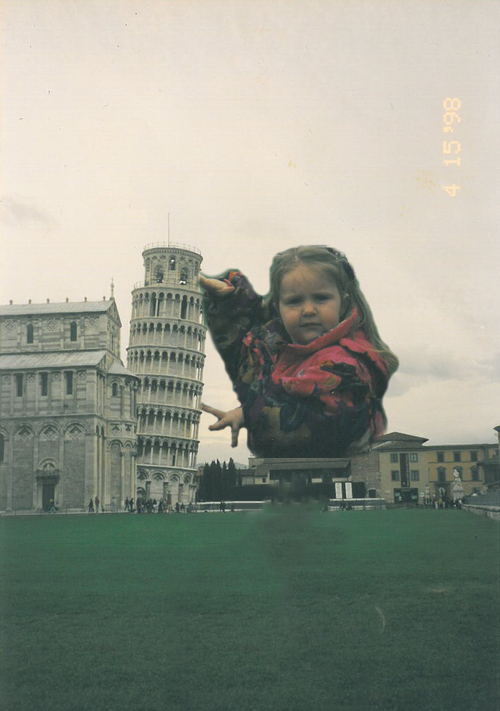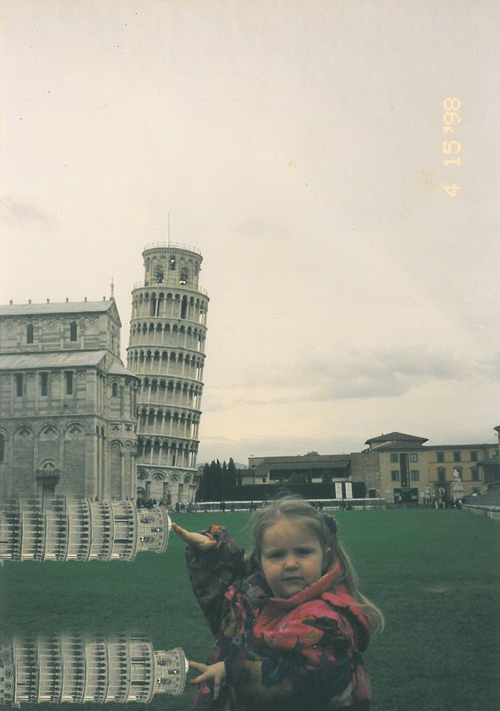Una cosilla más: Necesitamos que hagas clic en el enlace que te hemos enviado para verificar tu dirección de correo electrónico. Volver a enviarlo
Buscar en todo Tumblr
- Radar

 A kind of Ura-nage… crazy power!
A kind of Ura-nage… crazy power!
studcocksDesactivado
daysofhotjocksDesactivado
Like what you see? Follow for more
Tons of new photos and videos posted daily!
http://pornhubbed.tumblr.com/
Tons of new photos and videos posted daily!
http://pornhubbed.tumblr.com/
follow @male_affection on instagram for more hot guys!
Bottom ;)
juji-gatamejuji-gatame.tumblr.com

A kind of Ura-nage… crazy power!
Great set of photos!

Uchi-mata by Ono (JPN) in Dusseldorf.
What You Don’t Know About: Judo
by Marti Malloy, Olympic Bronze MedalistTwo damp hands clasp my face. Two googly globe eyes lock into my tired ones. I’m stuck.
“Marti, I know you’re upset. I know you want to cry. But you have to fight one more time.”
The eyes don’t move. Mine do.
“Marti,
you need to put this behind you. Trust me, you’re going to feel a
million times worse if you don’t turn your head around and focus on this
next fight.”
That’s not true, I thought. I’d just lost my
semi-finals match at the London Olympics. I could have made history. I
could have been the first American woman to win Olympic gold in judo.
Now that was all gone. How could I possibly feel worse than this?
Those
two googly eyes give me the answer. They belong to my coach, Jimmy
Pedro. And he knows exactly what’s worse than losing in the semi-finals.
Jimmy won two Olympic bronze medals, but he also finished fifth once at
the Olympics and once at the World Championships — which means he twice
lost his chance at winning a bronze. Going home completely empty handed
after being so close to earning a medal is what’s truly devastating.
That’s when it dawns on me that I totally could feel worse than I do now.
Jimmy
lets go of my head, and it’s as if he has erased my memory — as though
he’s used the “neuralyzer” from Men in Black. And then, as I prepare for
the bronze medal match only minutes after falling to the loser’s
bracket, I notice something’s missing: nerves. Jimmy’s taken them away.
Jimmy lets go of my head, and it’s as if he has erased my memory — as though he’s used the “neuralyzer” from Men in Black.
I
walk onto the mat to face Italy’s Giulia Quintavalle — the Olympic
champion from Beijing in 2008 — and notice something that I never saw
from all the times we’d spent matching up against one another in
different competitions throughout the years: nerves.
If you’re
nervous, especially in judo, not only will your opponent realize it, but
your split-second decision-making will also fail you.
We bow and
assume our fighting stances. Giulia starts dancing around on the mat.
After about two minutes, she receives a penalty for being non-combative.
In judo, it’s illegal to be “defensive” and not attack — it’s against
the whole idea of the sport. It’s like a shot clock in basketball —
without it, one team would sit back for the entire game. I know she’s
nervous, which gives me the confidence to go in for a decisive move.
I
instinctively execute a sode tsurikomi goshi, a throw (read: technique)
that puts the opponent’s weight on her back heels. Then I go to my
second move, a ko-uchi gari, or what’s more commonly known as a foot
sweep. Her back thuds against the mat. And with that, I won a bronze
medal at the 2012 London Games.
Judo is a sport where the primary
goal is to put your opponent on their back as hard and as fast as you
can. Matches are five minutes for men and four minutes for women. If you
can get your opponent flat on their back with speed and force, it’s an
automatic win. It’s the equivalent to a knockout in boxing.
Many
may think that judo is a close relative to other martial arts, or even
to boxing, but the truth is that they’re about as similar as basketball
is to football. Sure, they have their common ground, but once you watch a
match you’ll pick up on the fact that the differences are clear.
Judo
is about instantaneous reaction where, everything I do, my opponent is
going to try with 100 percent of her physical and mental power to stop
me. Entering a fight, my mind needs to be as clear as possible. No
matter how well I know her throws and grabbing technique, I can never
predict what my opponent is going to do. If I have any preconceived
notion about her game plan, those notions quickly disappear once the
fight begins.
And – oh, my God, I can’t believe I’m about to say
this – you have to be like water. Yep, a judoka quoting Bruce Lee. But
it’s so true. The number of decisions you have to make in a split second
based on the movements of your opponent are actually ridiculous.
Keeping your mind blank and making your movements instinctual is my main
goal during a match.
There are 60 or so main throws. Attempting
to figure out which throw your opponent will use isn’t really possible
in a matter of milliseconds. That’s why the great judokas complement
their instincts with a vast knowledge of throws. Whether you step left
or right, forward or backward, whether you bend your knee or switch the
position of your feet, an exceptional judoka will recognize which
direction your balance is going and use any number of moves to counter
your balance in order to maneuver you onto your back. If your opponent
knows your go-to move, they will avoid giving up their position so that
you can’t attempt that move.
Like many athletes, I train
year-round. That is, unless I’m injured (which happens about once or
twice a year). Every night of the week except Sunday (unless I have to
cut weight) I do judo for two hours. I complete an additional cycle of
conditioning training in the morning on Monday, Wednesday, Friday and
Saturday. I weight-train on Tuesday, Thursday and Saturday. And I do all
this under the observations of my trainer Eitan Gelber and my coaches
Shintaro Nakano and Yosh Uchida, who is 95 years old.
Yes, Coach Yosh was born in 1920.
He was the U.S. team coach at the first Olympic judo tournament, at the ’64 Games in Japan, the birthplace of the sport.
Yosh
is to judo what Gregg Popovich is to the NBA (O.K., Pop doesn’t look
that old). When you’ve been around judo for as long as he’s been, you’ve
seen just about everything. He’s taught me classic Japanese judo, in
which you manipulate the balance of your opponent using precise
technique. That differs from other styles around the world, like in
Europe, where judo can be more physical and resembles something closer
to wrestling.
Yosh is to judo what Gregg Popovich is to the NBA.
Yosh
is also the one who guided me through the judo belt system. The belt is
rather utilitarian — it’s an easy way to judge how advanced a
particular judoka is, eliminating the need for any awkward conversations
about how long they’ve been practicing judo. A win-win!
There are
five degrees of a black belt, and it’s up to your club to decide on
when you advance to the next degree. For example, after receiving my
undergraduate degree from San Jose State, I was automatically given my
third-degree black belt. Call it old-school, but Yosh has this thing
about setting an example to the rest of the country about what it means
to get an education and also be a judoka. A little incentive can go a
long way. When I made the Olympic team for the first time, I was awarded
my fifth-degree.
My tokui-waza — or favorite throw — is ippon
seoinage. Not only is it fun to say, but it’s also famous for its cameos
in kung fu and action films. It’s that one-arm shoulder throw that they
use to take down the bad guy. My other tokui-waza is the armbar
maneuver known as juji-gatame, which is what I win most of my fights
with.
You may have never heard of a tokui-waza, and you may have
never heard of judo. But I’m sure you have an idea of who Ronda Rousey
is. It was back in our teenage years that she and I learned how to
perfectly perform a juji-gatame.
Because we were the same weight
class, Ronda and I always fought in competitions as kids together. You
could say she was my arch-nemesis, mostly because she was so dominant.
In judo, there are age restraints on when you can practice the armbar.
When we were young, that age was 17. Do you think that stopped Ronda
Rousey from learning it? At 12 or 13, she would be destroying people
with that move. As we grew up, she switched weight classes — first to 63
kilos and then to 70 kilos — while I remained at 57 kilos. It was this
one judo technique that became the backbone of Ronda’s career.
And
while the UFC has exploded in popularity recently, judo remains in its
quiet corner of America’s fighting community, although I’m working to
change that. There are an estimated 25,000 active or recreational
judokas in America. Compare that with 500,000 participants in France.
France’s number one judoka, Teddy Riner, is such a celebrity that
they’ll put him front row at Roland Garros so the cameras can catch him
for the tabloids. Something tells me that if I were at the front row of
the U.S. Open, I’d be the one taking pictures.
Due to a lack of
resources at home, Americans have to compete in places around the globe.
Ten years ago, the U.S. was not respected as a judo power. Opponents
would see that they were slated against an American and think, This will
be easy.
But that’s changing. It began at the 2012 London
Olympics, where Kayla Harrison captured America’s first gold medal in
judo, and I joined her on the podium by winning the bronze. We’re hoping
to build on that performance this summer at the Rio Olympics.
You
may not know about judo because honestly, why would you? But now it’s
far past time to put this wonderful sport on the map. After this summer,
I’ll be the one looking into Jimmy Pedro’s googly eyes saying, “Jimmy,
look how far we’ve come.”
Source: http://www.theplayerstribune.com/marti-malloy-usa-olympics-judo/
Photo: Matt Kriger/USA Today Sports

Tani-otoshi

We maybe see this again in Judo…

IJF: Leg Grabs May Come Back in Judo After 2016
With
the Olympic games happening this summer in Rio de Janeiro,
International Judo Federation President Marius Vizer did a live Q&A
session on Twitter to update Judo fans from all over the world on what
to expect in the near Future.
One fan asked a very interesting
question regarding the ban on leg grabs. Judo since its creation had
always had leg grab techniques. Since 2010, it is not permitted to grab
the legs or trousers, initially, during tachi-waza (standing
techniques). As of the 9th of February 2013 it is no longer permissible
to touch the legs of the opponent whatsoever during tachi-waza.
Vizer
talked about how leg grabs have been temporarily removed and that IJF
would look into the possibility of reinstating them after 2016.
1)Q: Why were leg grabs removed from competition even though they feature in the Kododan’s traditional judo techniques?
MV:
We have temporarily suspended all leg grabbing techniques to favour a
lot of other classical & spectacular techniques from the Gokyo and
at the same time to differentiate the judo from other sports which used
to have similar techniques.
2)Q: After the 2016 Olympics, is there is the possibility of leg grabs coming back?
MV:
We will go to analyse with our technical team and executive board the
last 4 years & according to the methodical & tactical
development of our sport we will take in consideration all
opportunities.
Source: nakamajudo.com
With
the Olympic games happening this summer in Rio de Janeiro,
International Judo Federation President Marius Vizer did a live Q&A
session on Twitter to update Judo fans from all over the world on what
to expect in the near Future.
One fan asked a very interesting
question regarding the ban on leg grabs. Judo since its creation had
always had leg grab techniques. Since 2010, it is not permitted to grab
the legs or trousers, initially, during tachi-waza (standing
techniques). As of the 9th of February 2013 it is no longer permissible
to touch the legs of the opponent whatsoever during tachi-waza.
Vizer
talked about how leg grabs have been temporarily removed and that IJF
would look into the possibility of reinstating them after 2016.
1)Q: Why were leg grabs removed from competition even though they feature in the Kododan’s traditional judo techniques?
MV:
We have temporarily suspended all leg grabbing techniques to favour a
lot of other classical & spectacular techniques from the Gokyo and
at the same time to differentiate the judo from other sports which used
to have similar techniques.
2)Q: After the 2016 Olympics, is there is the possibility of leg grabs coming back?
MV:
We will go to analyse with our technical team and executive board the
last 4 years & according to the methodical & tactical
development of our sport we will take in consideration all
opportunities.
Source: nakamajudo.com
Fude Yamashita, young wife of famed judaka Professor Yoshiaki
Yamashita, traveled in 1903 with her husband from Tokyo to the United
States to teach judo to an unruly Washington D. C. youth. Apparently,
they never met the young man and instead were redirected to Teddy
Roosevelt’s White House.
Although Fude (25-years-old) was not initially contracted
to teach judo, she came to have an impact on American women’s
participation in the Japanese martial arts.At the prompting of
certain competitive Washington socialites, it was not long before Mrs
Yamashita was running daily lessons for some of the country’s richest
and most famous women, who had the material means and leisure time to
follow what the papers now termed the ‘fashionable Japanese craze’. – Radical
Bodies and Dangerous Ladies: Martial Arts and Women’s Performance,
1900–1918, Diana Looser, Theatre Research International 2010

You may call it “spinning Tani-otoshi”!

What would you call this waza (technique)?

Judo technique of the week: Obi-otoshi
Summary
This Waza is performed while grasping the opponent’s Belt.
Features of this Waza
The
Obi-otoshi (Belt drop) Waza consists of grasping the opponent’s Belt,
and then extending one’s foot as a fulcrum over which to throw the
opponent backwards to the floor.
Waza details
With
his Hiki-te (Pulling hand), Tori (Player executing technique) grasps Uke
(Player receiving opponent’s attack) Belt from below. Then, while
pulling him forward, Tori (Player executing technique) extends a leg
behind Uke (Player receiving opponent’s attack).
Tori (Player
executing technique) bends the knee of the extended foot to lower his
Center of gravity, making it easier to destabilize Uke (Player receiving
opponent’s attack) in the backward direction.
At this time,
Tori (Player executing technique) releases his Hiki-te (Pulling hand)
from Uke (Player receiving opponent’s attack) Belt, and inserts that arm
beneath Uke (Player receiving opponent’s attack) armpit to lift Uke
(Player receiving opponent’s attack) chest area, while simultaneously
performing a foot sweep to send Uke (Player receiving opponent’s attack)
falling on his back to the floor.
In order to maintain good
balance and make the most efficient use of his force, Tori (Player
executing technique) must grasp the nearest part of Uke (Player
receiving opponent’s attack) Belt front, and must pull Uke (Player
receiving opponent’s attack) firmly toward himself so that his body is
snugly against Uke (Player receiving opponent’s attack).
The
fulcrum leg and the Tsurite (Lifting hand) then work in tandem to throw
Uke (Player receiving opponent’s attack) down in a rotational motion.
Source: The Judo Chanel

Such a great Tai-otoshi… love the way Tori takes advantage of the movement of the Uke to execute the throw!
Black belt have-a-go hero uses judo moves to bring down sex attacker after chasing him in just socks
External image
#judo [Mirror]A
black belt judo champion chased a sex attacker wearing just his shoes
and socks before bringing him down with a textbook move. Jason Bertin
left police officers astounded when he chased after the assailant and
performed a citizen’s arrest. He then placed …

I’m back!!! After a crazy week of work in Brasil, I will return to the daily updates!
And nothing better to make a return with this amazing combination by the 3 times world champion in the -66kg, Ebinuma (JPN).
This is such a great display of tactics and technique… and it’s really easy to do and pull it of!
After
you have secured the power grip, and when you are trying to get the
second grip in the arm, you go instead for the grip in the lapel and
attack in Ouchi-gari.
If Uke is able to defend, you just continue to Uchi-mata!
The week before going to Brasil we did this in training and it’s very, very efficient!
And nothing better to make a return with this amazing combination by the 3 times world champion in the -66kg, Ebinuma (JPN).
This is such a great display of tactics and technique… and it’s really easy to do and pull it of!
After
you have secured the power grip, and when you are trying to get the
second grip in the arm, you go instead for the grip in the lapel and
attack in Ouchi-gari.
If Uke is able to defend, you just continue to Uchi-mata!
The week before going to Brasil we did this in training and it’s very, very efficient!

So much power behind this technique: Sode-tsurikomi-goshi

Tai-otoshi

Uchi-mata

Judo technique of the week: Sukui-nage
Summary
This is a particularly effective Te waza (Hand techniques) for those with strong upper body muscles.
Features of this Waza
As its Sukui-nage (Scooping throw) name implies, this Waza consists of scooping up the opponent and throwing him down.
Waza details
With
Uke (Player receiving opponent’s attack) in his grip, Tori (Player
executing technique) bends his knees to lower his Center of gravity,
while simultaneously inserting his hand between Uke (Player receiving
opponent’s attack) legs to grasp Uke (Player receiving opponent’s
attack) upper thigh area and pull it upward.
While pulling Uke
(Player receiving opponent’s attack) upward, Tori (Player executing
technique) executes a rotational movement like turning the steering
wheel of a car, thus throwing Uke (Player receiving opponent’s attack)
to the floor.
Combatants with insufficient upper body strength to
execute the throw immediately after lifting the opponent’s thigh, will
often run for several steps with the opponent’s thigh in their grasp in
order to topple him. Because the Sukui-nage (Scooping throw) favors
combatants with strong upper bodies and those with longer arms and legs,
it is often employed by Western combatants with powerful bodies.
This Waza sees frequent use in both the men’s and women’s competitions.
Source: The Judo Chanel


































No hay comentarios:
Publicar un comentario